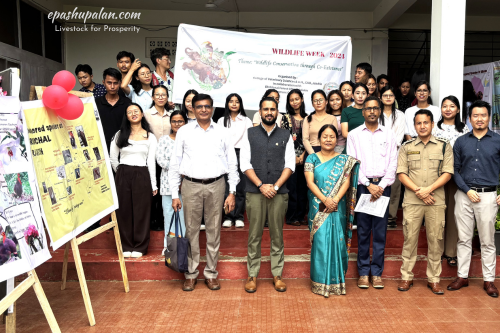
World Wildlife Week-2024 Celebration
College of Veterinary Sciences and Animal Husbandry, CAU, Jalukie and Divisional Forest Office, Jalukie, Govt. of Nagaland jointly organized the “World Wildlife Week-2024” on 2nd and 3rd of Oct’ 2024. >>>
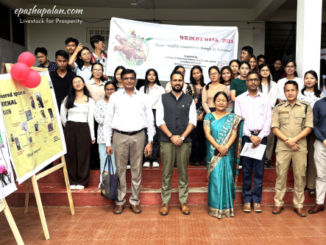
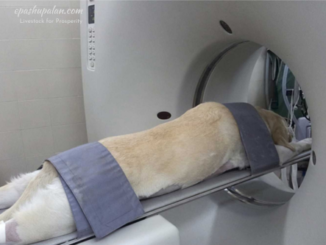
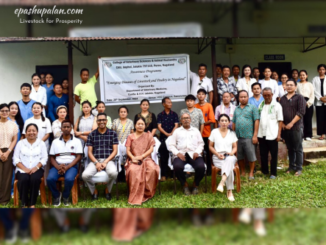
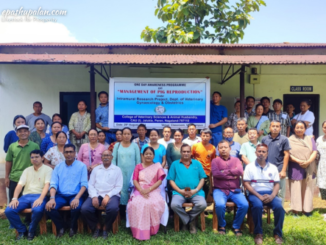
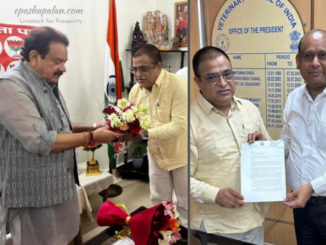
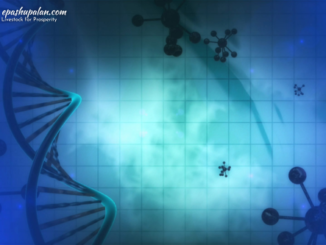

College of Veterinary Sciences and Animal Husbandry, CAU, Jalukie and Divisional Forest Office, Jalukie, Govt. of Nagaland jointly organized the “World Wildlife Week-2024” on 2nd and 3rd of Oct’ 2024. >>>

Department of Veterinary Medicine, College of Veterinary Sciences and Animal Husbandry, Jalukie, Nagaland organized an awareness programme on “Emerging diseases of Livestock and Poultry in Nagaland” for Livestock and Poultry Farmers in Peren district of Nagaland” >>>

A one day awareness programme on Management of Pig Reproduction is organized by the Department of VGO, College of Veterinary Sciences and Animal Husbandry, Jalukie, Nagaland” for pig breeders. >>>

Dr. Kailash Uniyal, President of the Uttarakhand Veterinary Council, held a formal meeting today with Shri S.P. Baghel, Hon’ble Minister of State Government of India, and Dr. Umesh Chandra Sharma, President VCI. >>>
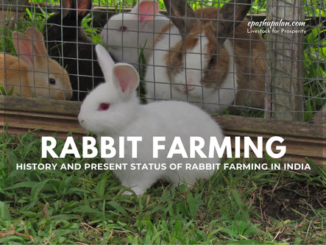
Rabbits belong to the order of mammals called Lagomorpha, which includes 40 or so species of rabbits, hares and Pikas. Fossil records suggest that Lagomorpha evolved in Asia at least 40 million years ago, during the Eocene period. >>>
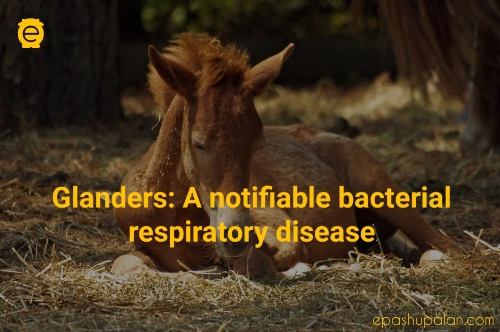
Importance Glanders is one of the most terrible zoonotic bacterial disease by which horses, mules >>>
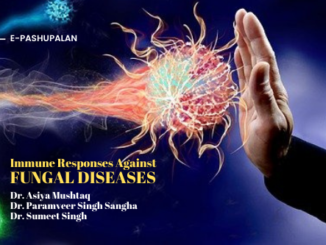
The incidence of fungal infections has been increasing over the past decades. Global mortality owing to fungal infections is greater than for malaria and breast cancer and is >>>
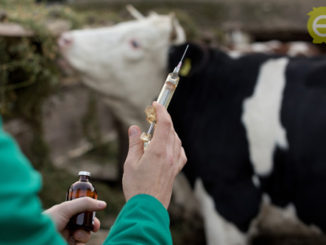
India is an agrarian country and a large portion of rural population depends on agriculture and animal health sector. Livestock population of our country is approximately 536 million (Livestock census, GOI, 2019) which is highest in world and a large number of population depend on livestock for their income and livelihood. Livestock sector contribute 4.5% of GDP and 25.6% of the agriculture and allied sector. >>>
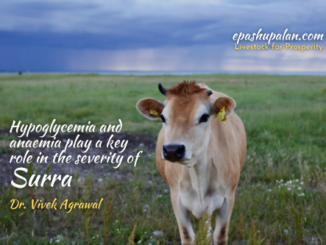
Surra, or animal trypanosomosis, is a tropical and subtropical disease caused by Trypanosoma evansi (a eukaryotic, unicellular, euryxenous, haemoflagellate organism). The disease is
>>>
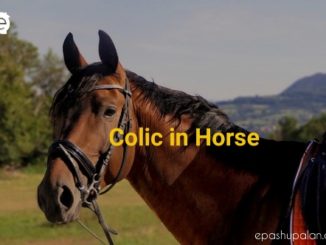
It is most frequently encountered problem in equines and multifactorial in origin. Clinically, disease is characterized by varying degree of signs of abdominal pain, and dehydration-electrolyte balance. On the basis of different factors involved in its causation colic can be classified into four types >>>
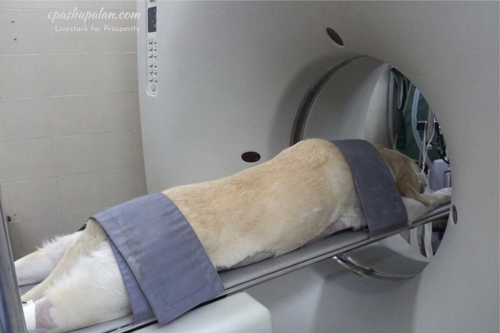

College of Veterinary Sciences and Animal Husbandry, CAU, Jalukie and Divisional Forest Office, Jalukie, Govt. of Nagaland jointly organized the “World Wildlife Week-2024” on 2nd and 3rd of Oct’ 2024. >>>

In today’s world, every pet owner wants the best possible care for their furry friend. Advances in veterinary medicine have led to improved diagnostic tools, and one of the most significant game changers is CT scan. A CT scan (computed tomography) is a non-invasive diagnostic tool that uses X-rays and computer technology to produce detailed cross-sectional images of the body. In veterinary medicine, CT scans are used to visualise internal structures, diagnose disease, and guide treatment plans >>>

Department of Veterinary Medicine, College of Veterinary Sciences and Animal Husbandry, Jalukie, Nagaland organized an awareness programme on “Emerging diseases of Livestock and Poultry in Nagaland” for Livestock and Poultry Farmers in Peren district of Nagaland” >>>

A one day awareness programme on Management of Pig Reproduction is organized by the Department of VGO, College of Veterinary Sciences and Animal Husbandry, Jalukie, Nagaland” for pig breeders. >>>

Dr. Kailash Uniyal, President of the Uttarakhand Veterinary Council, held a formal meeting today with Shri S.P. Baghel, Hon’ble Minister of State Government of India, and Dr. Umesh Chandra Sharma, President VCI. >>>

Stem cells are very important in veterinary medicine for various reasons. Numerous stem cell treatments are now being administered to animal patients; some of these have proven beneficial in the market, such as mesenchymal stem cell >>>

Mastitis is one of the most important economical diseases of dairy cattle. Generally, the clinical form of mastitis divided into mild, moderate or severe. >>>

Canine babesiosis is a serious disease among tick-borne haemoprotozoan diseases, globally. Canine babesiosis can range from chronic or subclinical to peracute and fatal, depending on the virulence of the species and the susceptibility of the host. >>>
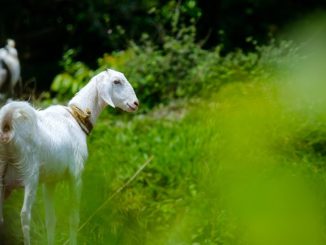
Breeding Seasons Dairy goats are usually seasonal breeders. Most breeding occurs in late summer through >>>
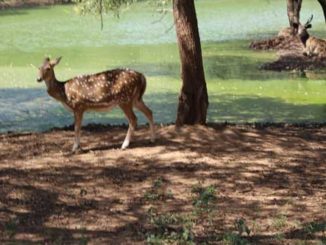
Wildlife traditionally refers to undomesticated animal species, but has come to include all organisms that grow or live wild in an area without being introduced by humans. >>>
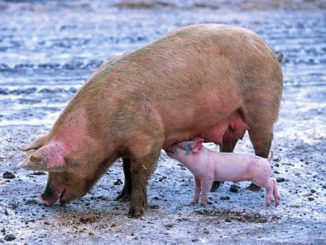
The total Pigs in the country is 9.06 Million in the current Census 2019, declined by 12.03% over the previous Census (2012). About 1.7% of the total livestock is contributed by pigs. >>>
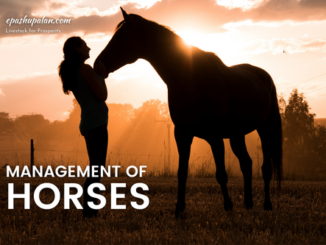
Basic requirements of horses are shelter, feed, water, grooming, waste removal and exercise that will be discussed in this article. >>>
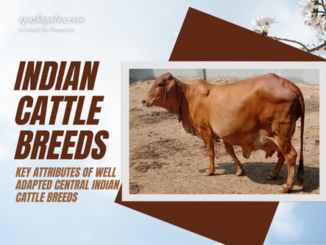
In India, raising cattle has long been a traditional source of income and is strongly associated with the agricultural sector. According to the 20th Livestock Census 2019, India has 192.41 million cattle, among which 142.11 million i.e. 73.83%, are indigenous >>>

Rabbits belong to the order of mammals called Lagomorpha, which includes 40 or so species of rabbits, hares and Pikas. Fossil records suggest that Lagomorpha evolved in Asia at least 40 million years ago, during the Eocene period. >>>
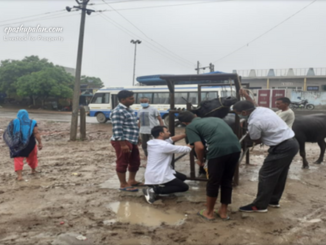
This is the story of adapted village under Farmers FIRST project “Kathura” (Khelgao) of district Sonipat (Haryana) >>>
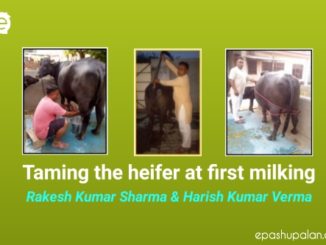
When a heifer calves for the first time, she has to experience a set of completely new maneuvers. Since she is not accustomed to these procedures, she can pose great threat to her handlers. The very first milking after calving is mostly uneventful in pluriparous animals. However, the farmer could lead himself into trouble once a heifer at his farm calves. >>>
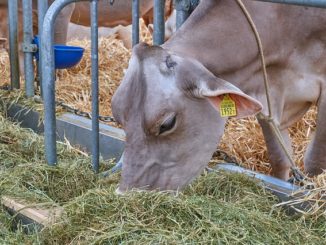
Central Government is implementing National Livestock Mission with a Sub Mission on Feed and Fodder Development since 2014-15 which was realigned during 2021-22. There is provision of 50% capital >>>
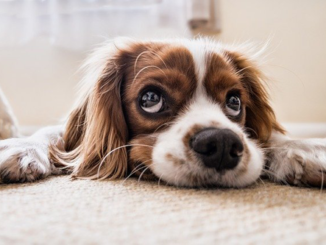
There are several diseases which are found in most of the dogs and they are mainly caused by virus, bacteria or parasites. Many serious pet diseases can be prevented by vaccination. Many time dog diseases are detected late, when it become difficult to cure the diseases. >>>
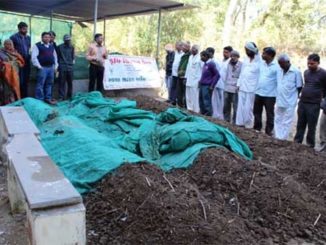
Vermi compost is nothing but the excreta of earthworms which is rich in humus. We >>>
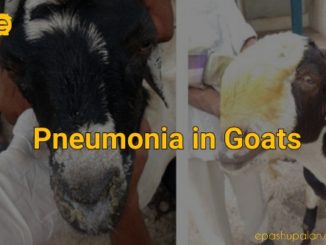
In India, goat rearing is well integrated with farming system and in traditionally called as “poor man’s cow”. Goats are mainly reared by land less labors, marginal farmers who earn their livelihood through meat and milk. >>>

Mycotoxins are toxic secondary metabolites produced by fungi (molds) that cause an undesirable effect (mycotoxicosis) when animals are exposed. Exposure is usually by consumption of contaminated >>>

Foot-and-mouth disease (FMD) is one of the most important viral diseases of large ruminants in India. Foot-and-mouth disease (FMD) is an economically significant disease of cattle, sheep, goats and pigs, and cloven-hoofed wildlife species >>>

With latest outbreak of novel corona virus (COVID-19) world has come to standstill and started knowing the importance of the concept zoonosis. According to the world health organization zoonosis is categorically defined as the any disease or infection that naturally transmissible from vertebrate animals to humans. Animals are critical reservoir of varied number of infectious agents in the natural habitats. >>>

This disease is known since 200 BC, the first rabies case was recorded in Mesopotamian codex of eshnunna. In ancient Greece rabies was supposed to be caused by lyssa (THE SPIRIT OF MADE RAGE), >>>

Ruminants have become the most promising livestock in India due to ample marketing opportunities for their products. In India, among the small ruminants goat are managed mainly on grazing, but in >>>

Reproductive hormones induce heat (estrus) in cows. There is no production without reproduction. Hormone is a a chemical messenger that gets released from hypothalamus, pituitary gland, ovary, uterus >>>

Porcine reproductive and respiratory syndrome (PRRS) virus is considered to be one of the most costly diseases affecting intensive pig production worldwide. PRRS is recognized as an economically important swine disease worldwide. >>>























